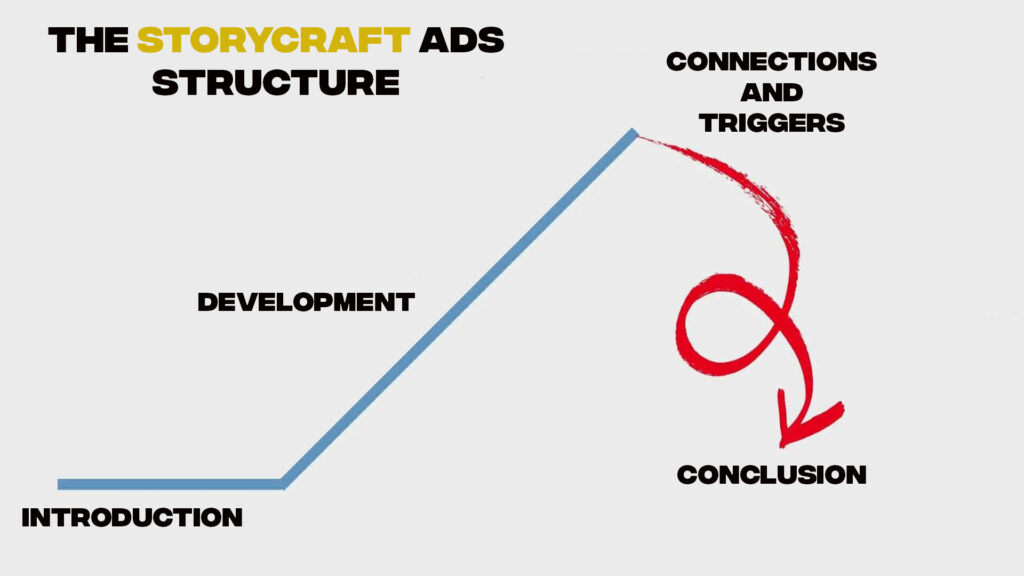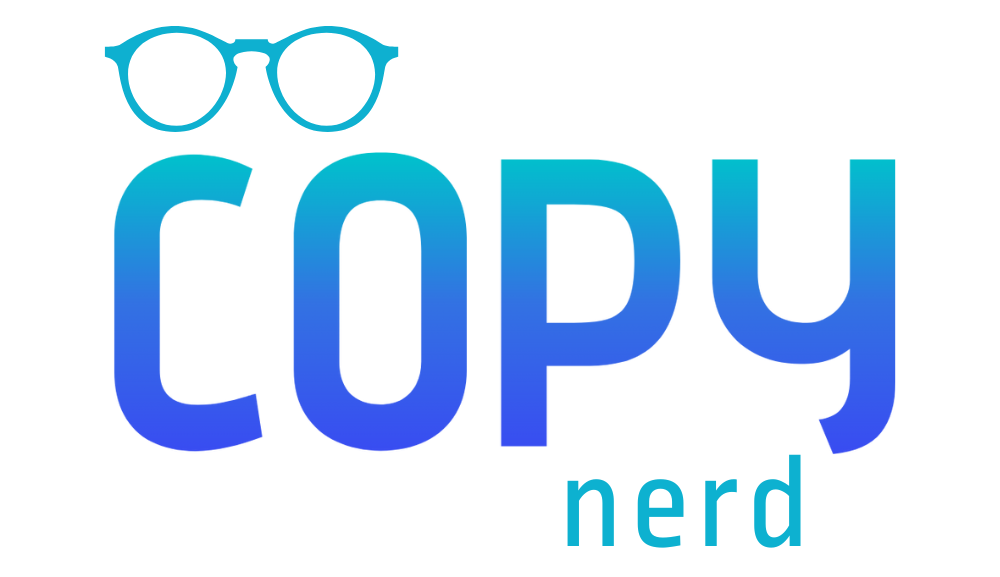When you open up Netflix and see a bunch of Chinese and Japanese TV shows skyrocketing to the top of the most-viewed list, you might think it’s just hype or a trend. But what if I told you their massive success comes from how they create their stories?
Let’s be real: movies and TV shows have gotten pretty boring these days, and there’s a reason for that—the Hero’s Journey.
About 90% of the TV and movie industry uses this formula to build their stories. Over time, it’s become predictable and repetitive.
So,when it comes to the Japanese and Chinese stories, the key to their success is about creating absurdities. But this isn’t just about playing on fear, absurdities, or bad news—people are already used to seeing that stuff, which is why sensationalist news grabs so much attention. That’s only the surface level. To really keep people hooked, you need to follow four steps. Unlike most storytelling methods that rely on conflict, The Storycraft messes with people’s emotions, making it super flexible for marketing—especially when you want to hit those emotional notes with your audience.
So, how can you, as a copywriter, use this unique method to level up your copy? Let’s break it down step by step.
Contents
What is The Storycraft Ads?
The structure of The Storycraft Ads follows four stages:
- Introduction: Introduce the main character or concept (bad news, FOMO, etc…).
- Development: Develop the scenario by adding context or information.(absolute truth)
- Triggers: Introduce a surprise or unexpected turn using triggers.(VERY IMPORTANT)
- Conclusion: Resolve the problem by providing the solution.
By following these steps, The Storycraft helps you guide your audience through a narrative that feels both familiar and intriguing, keeping them hooked until the very end.

Why Use The Storycraft in Copywriting?
The traditional hero’s journey approach in copywriting can feel stale when overused. The Storycraft offers a fresh alternative. Rather than creating tension through a problem, this method draws readers in through curiosity and surprise, which can be much more effective in certain contexts. This is particularly useful for product storytelling, case studies, or brand narratives where you’re building a connection rather than solving an urgent problem.
An Example? I’ve got you.
Let’s say you’re writing copy for an ad of a home internet company. Here’s how I would write using The Storycraft:
- Shock – absurd – bad news: “Did you know most internet companies actually slow down your connection on purpose during peak hours?”
- Absolute truth: “Lots of customers complain about slow speeds just when they need it most, like watching a movie or joining an important video call.”
- Coherent mental trigger: “It’s frustrating, but almost all the big providers do it. Ever had to explain to your family why the movie froze right at the best part? And how that totally ruined that special moment of chill time together? (Common Enemy & Pleasure Trigger)”
- Solution connecting back to the start: “Here, our internet runs fairly. We guarantee you’ll always get the speed you signed up for, even during peak times. No flashy freebies or fake discounts—just the assurance that you’ll have the connection you need to enjoy your downtime without interruptions.”.
This narrative engages the reader through a series of triggers. At the end, he/she MUST know how to fix this problem. That’s when your product comes to their screen. You’re actually telling them that you have something to sell, but the decision is in their hands. People buy when they feel that they are in control.
[Place Image Here: A scene of Sarah working at a desk, with elements of a cluttered to organized transition, to visually represent the twist.]
Applying The Storycraft to Your Own Copy
Whether you’re writing ads or VSL’s, The Storycraft can add a new dimension to your messaging. It’s particularly effective when you’re aiming to get more retention and conversions rather than wasting money on dead campaings. Next time you’re drafting a piece of copy, try structuring your story using this method and watch how it transforms the way your audience engages with your message.
Want to see more examples and tips on how to implement The Storycraft into your marketing? Follow me on Instagram @thecopynerd for regular insights and strategies to elevate your copywriting game!



